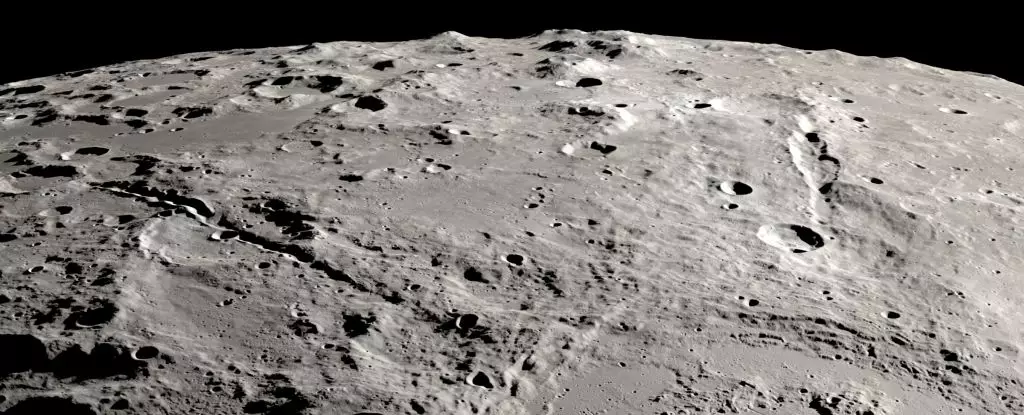The Grand Canyon, a breathtaking natural wonder in Arizona, is a testament to the slow and intricate dance of geological processes. As the Colorado River carved its way through layers of rock over millions of years, the canyon emerged, a striking example of the earth’s dynamic nature. However, the intricate processes that have shaped Earth aren’t exclusive to our planet. Other celestial bodies in our solar system also showcase fascinating geological features, like the Moon, which has its own set of canyons and gorges that provide insight into the complex history of our cosmic neighborhood.
Unlike the cottony rivers and flowing lakes of Earth, the Moon lacks liquid water, raising questions about how its canyons formed. Recent scientific advancements have brought us closer to answering these mysteries. Researchers have unveiled insights into two monumental canyons on the lunar surface, Vallis Schrödinger and Vallis Planck, which were formed from an impact that profoundly reshaped the Moon’s landscape. This violent collision is believed to have occurred about 3.8 billion years ago during a period enriched with celestial debris, resulting in dramatic geological formations that can be traced back to this specific event.
The creation of these canyons was not gradual; instead, it appears that some of the Moon’s immense geological features were sculpted in a matter of minutes. This discovery starkly contrasts with the slow, deliberate carving of Earth’s Grand Canyon and highlights the violent processes prevalent in our solar system’s past. The heights and depths of these Moon canyons—stretching approximately 270 kilometers in length and descending 2.7 kilometers deep—paint a picture of ferocity that challenges our understanding of planetary formation.
One captivating aspect of Vallis Schrödinger and Vallis Planck is their relationship with the lunar impact that initiated their formation. Planetary scientist David Kring, leading a research team at the US Lunar and Planetary Institute, undertook a rigorous analysis of the ejecta—material propelled outward during the impact. By meticulously piecing together photographic data from space missions, the researchers created detailed maps illustrating the trajectory and dispersion of the ejecta that emerged from the Schrödinger crater.
The findings revealed an asymmetrical distribution of material, with the majority being directed away from the Moon’s southern pole. The astonishing speed at which this material was ejected—between 0.95 and 1.28 kilometers per second—underscored the impact’s intensity, equating its energy release to a staggering 130 times that of all nuclear weapons combined. Such revelations not only shed light on the dynamics of the impact but also enrich our understanding of the Moon’s geological history.
As humanity sets its sights on returning to the Moon, missions like Artemis III promise to further unravel the complexities of lunar structure. Targeting the far side of the Moon, where Vallis Schrödinger and Vallis Planck are located, the Artemis mission will explore these historical landmarks, albeit with the knowledge that recent estimates suggest the risk of significant impacts has significantly decreased over billions of years.
Interestingly, models indicate that the proposed Artemis landing sites are distanced from the ejected materials of this ancient impact, potentially leading astronauts to richer mineral deposits. These underlying materials provide a fascinating opportunity for scientists to study the Moon’s geological past, offering crucial insights into the formation processes of both the Moon and Earth. The anticipated launch in 2027 marks a pivotal moment in humanity’s quest for knowledge, as the Lunar crew will undoubtedly uncover more about our celestial counterpart and its chaotic history.
The Moon’s canyons serve as cosmic reminders of the violent forces that have shaped not only the Moon but also our understanding of planetary formation. As future exploration missions unfold, they promise to illuminate the mysteries still hidden within our solar system, allowing us to bridge the gap between ancient celestial events and contemporary science.

